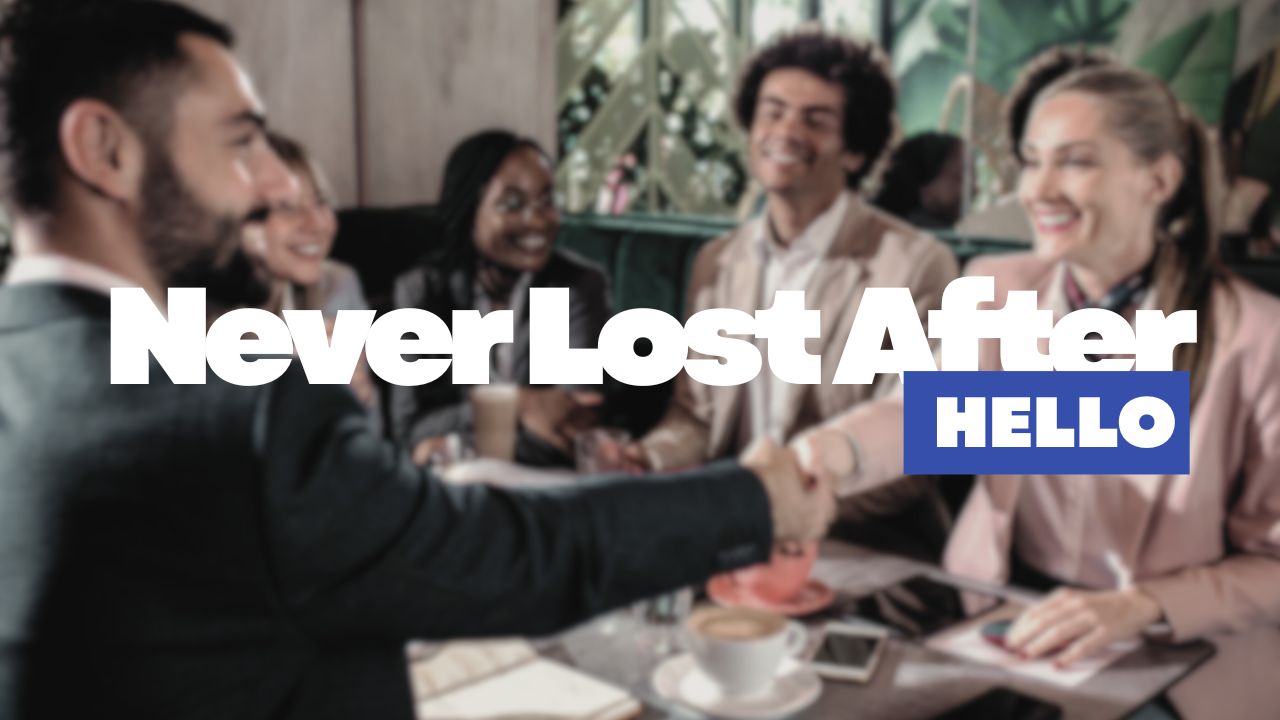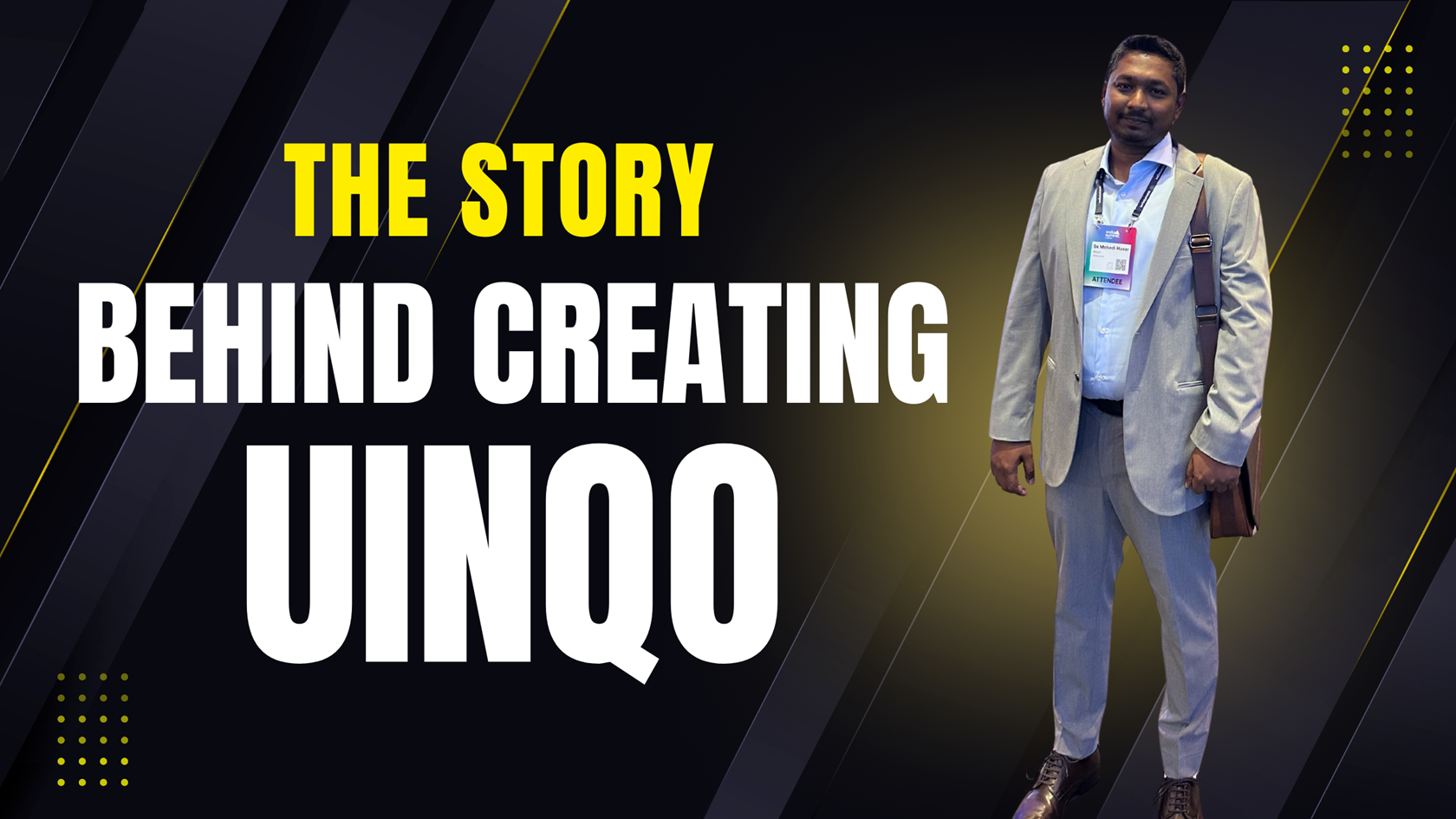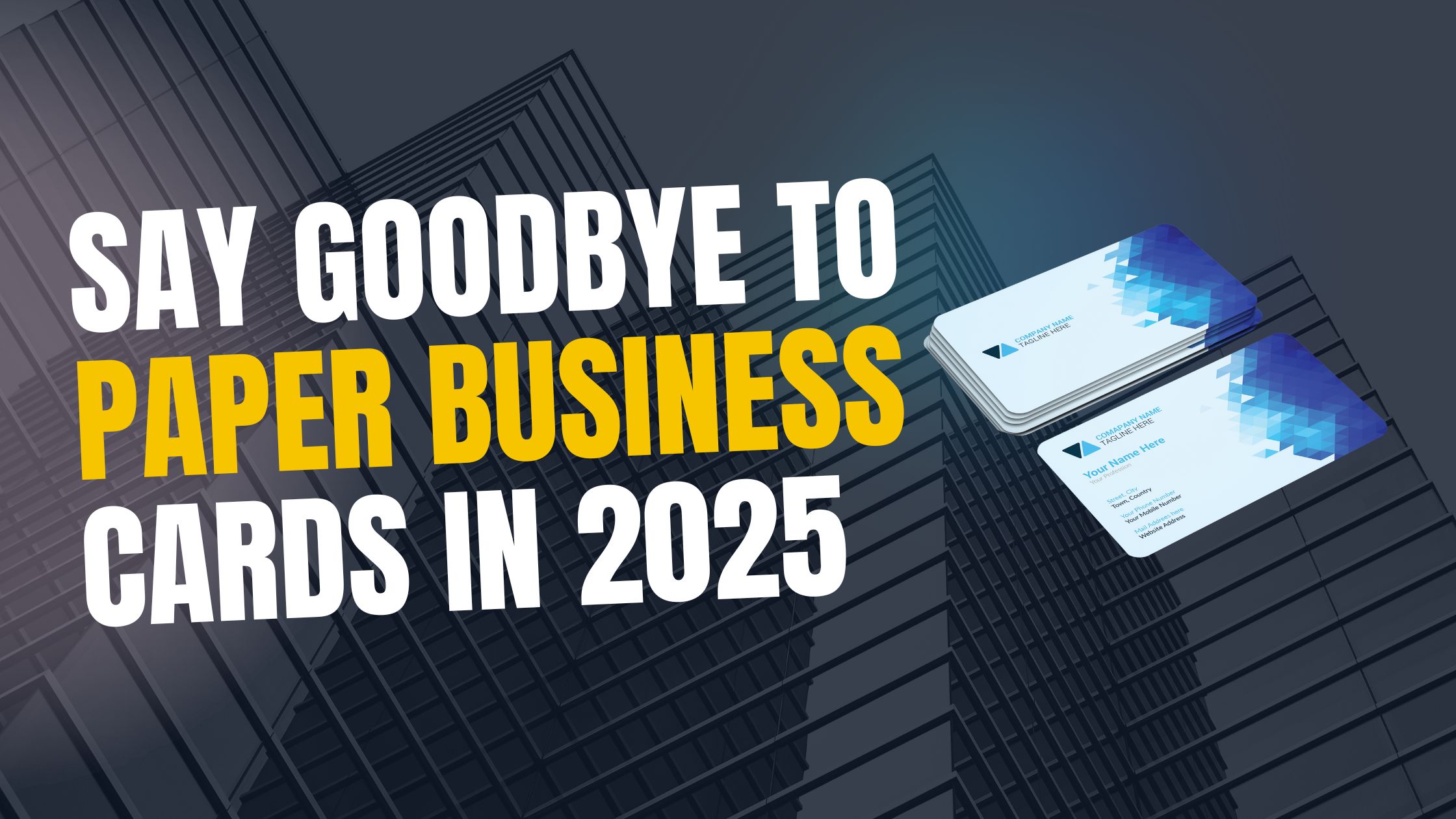Web Summit feels like a city inside a city. The doors open, and a river of people flows between MEO Arena, FIL, and every coffee stand in sight. You hear accents from everywhere. You catch fragments of product demos, investor questions, and founders telling the one story that matters most to them. In the span of a morning you’ll say “hello” more times than you do in a normal month. That’s the magic. It’s also the trap. Because at Web Summit, meeting people is easy; remembering each other the next day is the hard part.
This isn’t really about motivation. Everyone arrives hopeful, caffeinated, and ready to connect. It’s about systems. The old system—stuffing paper cards into your pocket, promising to follow up, typing names into a notes app on the taxi ride back—breaks under the weight of the event. Paper folds. Pockets overflow. Notes blur into each other. By the time your head hits the pillow, that brilliant conversation from the queue outside Pavilion 1 is already fading into the noise. You didn’t mean to lose it. You just didn’t give your future self a fighting chance.
So try a different system: make your phone the plan. That’s the heart of it. If your phone is in your hand, you can share who you are in seconds, and you can capture who they are before the moment slips away. No props, no piles—just a simple rhythm you can repeat a hundred times without thinking.
Here’s how that rhythm feels when you use UINQO. You meet someone—let’s call her Sara—on the staircase between talks. You trade a joke about the Wi‑Fi, then you ask the only question that matters: “What brought you here this year?” She gives you a clean answer. There’s a spark. As the conversation settles into something real, you flip your phone and open your UINQO QR. She scans. Instantly she’s looking at a living profile—the one you can update tonight after you tweak your pitch or swap in a better deck. You don’t ask her to type your email or copy a link; it’s all right there, exactly how you want to be seen.
Now comes the moment that usually derails people: the exchange. You don’t pull out a card and hope it survives the day. You simply point to the button on your profile that says Submit my contact. “Drop your best email or WhatsApp,” you say, and you let the silence do the work. It takes her five seconds. You’ve just turned a hallway chat into a future conversation without breaking eye contact or momentum. If Sara would rather not fill anything out, that’s fine as well. She hands you her business card—people still love the ceremony of it—and you honor that by scanning it with UINQO. A photo, a heartbeat, and her details are saved to your account, right where you’ll need them tomorrow.
What used to be a friction point becomes a continuation of the conversation. No one is juggling paper. No one is apologizing for forgetting a pen. You both smile and move on, and the next time you think about Sara is when you’re back at the hotel, looking at a tidy list of the day’s connections that actually makes sense.
The secret sauce isn’t just capture; it’s context. Web Summit throws you into a kaleidoscope of roles and moments: the investor breakfast at eight, the buyer meeting at noon, the Night Summit confessionals when the jackets come off and the honest questions come out. You don’t present yourself the same way to each of those people, and you shouldn’t have to. UINQO’s profile switching respects that reality. You set up a few versions of yourself—a crisp business profile with your site and deck; a personal one that leans on LinkedIn and direct email; maybe a lighter Night Summit profile with social links and a simple meeting link—and your single QR routes to the right one with a tap. The conversation leads; your profile follows.
Of course, even a perfect exchange will drown if it isn’t organized. That’s the other reason to let your phone lead. Make a category called “Web Summit” before you even board the plane. Set it as your default for the week. Every person who submits their contact or every card you scan drops neatly into that category. By the time you leave Lisbon, the event already has a border around it. Inside that border you can add meaning—small tags that make tomorrow’s decisions obvious. Investor. Buyer. Press. Partner. Hiring. Ten seconds while the conversation is fresh is worth an hour of detective work later.
The best part is how ordinary the whole thing becomes once you’ve done it a few times. You stop thinking about the mechanics and start paying attention to people. Without the mental tax of “how do we exchange details,” you listen better. You ask sharper questions. You notice when someone lights up and when they don’t, and you steer your time accordingly. The tool fades and the connection comes forward, which is exactly what you want from any tool worth using.
If you’re wondering what this looks like over three days, it’s surprisingly gentle. You wake up on Day 1 with your profiles ready and your category set. You put your QR on your lock screen because you’re practical and a little proud of how simple it looks. You run into old friends, meet new ones, and when the moment comes you turn the phone, they scan, you gesture to the button, or you scan their card and it’s done. Day 2 brings a few deeper conversations and a handful of quick tags—“buyer,” “press,” “partner”—added in the space between talks. You don’t obsess about being perfect; you just keep the rhythm. By Day 3 you’ve stopped keeping cards at all. You travel lighter and talk longer.
And then it’s over, at least on the floor. This is the quiet payoff. You open your UINQO app on the flight or the morning after and there it is: Web Summit, neatly contained. Everyone you met is in one place. You sort by the tags you added in those ten‑second moments and it becomes obvious what to do first. You send the deck to three investors who actually asked for it. You pick two buyers and book demos while the ideas you discussed are still warm. You share your story with a journalist who asked for a note when things calmed down. You update your profile with the sharper language you found in conversation—and you don’t have to reprint or redesign anything because your QR already knows where to point.
Does this mean paper is dead? Not necessarily. Some people will always love the feel of a card passed between hands. But paper works best as a gesture, not a system. The system is digital because it remembers, because it carries context, because it lets you be present in the moment and precise later on. If you’ve ever emptied your pockets at midnight and felt the regret of names you can’t place and emails you can’t decipher, you already know why the system matters.
So ask yourself the simplest, most human question before you walk into the buzz: will you be ready when the right person says hello? Ready doesn’t mean louder or flashier. It means you can share who you are without friction. It means you can keep who they are without losing the thread. It means your future self won’t be digging through a backpack for proof that a good conversation happened. With UINQO, your “hello” has a memory. The profile you show today can evolve tonight. The contacts you capture on the floor are waiting for you when the city quiets down. And when you’re back home and the follow‑ups begin, you’re not starting from a pile; you’re starting from a plan.
One phone. One QR. The right profile for the moment, the right contact saved in the moment. Web Summit rewards people who prepare—with questions that matter, with attention that lasts, and with a simple way to carry all of it forward. Enjoy the week. Make it generous. Make it human. And don’t be lost after hello.



